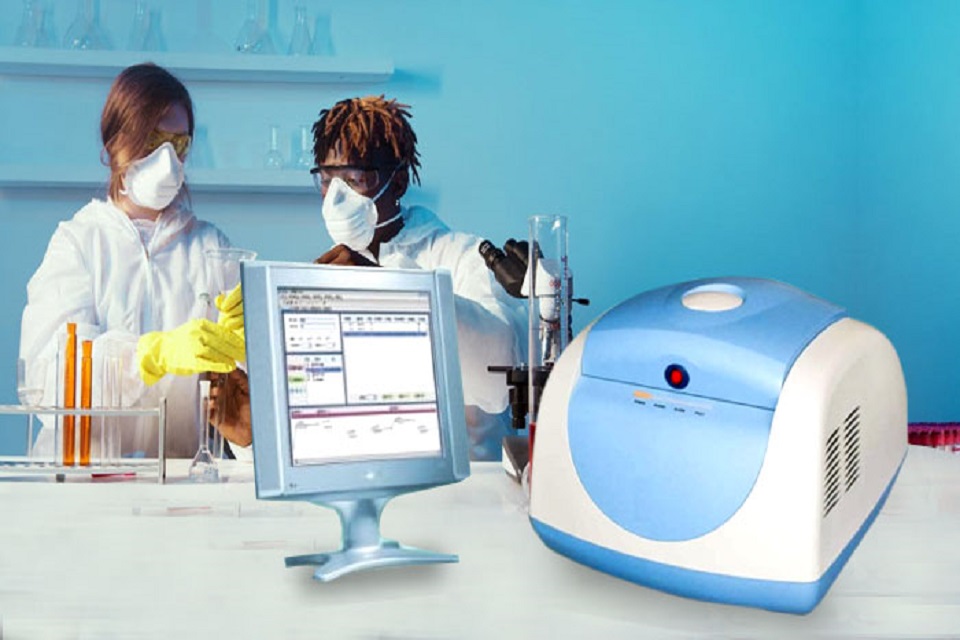Overview of RT-PCR
A Real-Time PCR is a machine is an instrument that measures and monitors the PCR reaction progress in real-time. Alongside, one can also measure the quantities of a relatively small amount of PCR products like DNA, RNA, or cDNA. This is highly suited for the study of gene expressions of the known kind. For new expressions, it requires a predetermined sequence. It consists of the microarrays that detect the minutest changes in the expressions.
The Real Time PCR Machine is solely based on fluorescence detection, present in the molecule whose reaction process is monitored for increasing values. This can also be done by beginning with a minimum amount of nucleic acid and measuring the final value with accuracy.
Real-Time PCR procedure
This works when the reporter molecule produces fluorescence. When the amplification is in process, the fluorescence value increases with the accumulation of PCR product in every cycle. This molecule is a primary part of the experiment and the kind chosen decides upon the procedure followed:
- Specific Detection with Target-Specific Probes
It is possible to cause very specific detection with the help of a probe. That probe is an oligonucleotide that is specifically labeled with a quencher dye along with a reporter molecule’s fluorescent dye. Such probes are available for real-time detection of PCR values that are based on different chemistries.
- Non-Specific Detection with DNA Binding Dyes
In this case, for fluorescent reporting, DNA binding dyes are preferred to monitor the real-time PCR value of the reaction. With every next cycle of amplification, the Real-Time PCR Systems keeps on accumulating resulting in the increment in the reporter dye fluorescence. When you are recording the fluorescence emission quantity with each cycle, you can easily monitor the PCR reaction during the exponential phase. When you observe the relationship between the starting log and the increase in fluorescence dye, there is a linear graph.
For this, we use a double-strand DNA-specific dye for the reporting of PCR reactions. This strand can bind itself to the minor groove of double-helix DNA. If there is a certain amount of unbound dye in the solution, then the fluorescence is observed in little amounts. The enhancement of this fluorescence gradually increases with the rate of binding that takes place.
This is how the measurement provides the PCR reaction values.
Main Steps Leading to Procedure
Before the proper procedure is initiated for PCR, there is a prerequisite step to consider. In this, the RNA is converted to the complementary value of DNA (cDNA). This process is termed reverse transcription. Following this conversion, the fluorescent reporters and PCR reactions are utilized to amplify and detect the gene expressions. Most commonly used reporters include Taqman and SYBR green probes. With these as the main ingredients, the process of Real-Time PCR initiates with Annealing, Extension, Denaturation, and a repeat of the steps to form a cycle.
These Taqman probes are made of nucleic acid which is gene-specific. This acid is joined with the reporter molecule and quenchers. The probe is bound between the DNA forward and reverse primers. It is the reporter-emission fluorescence that is absorbed by the quencher. With each cycle, the degradation of the probe leads to fluorescence detection. This is all done in real-time. The more the PCR product, the greater the fluorescence amount. Once the value reaches a certain threshold, the time point is proportional to the gene expression level. To carry out the procedure successfully, prior knowledge of the gene sequence is necessary to control the process.


